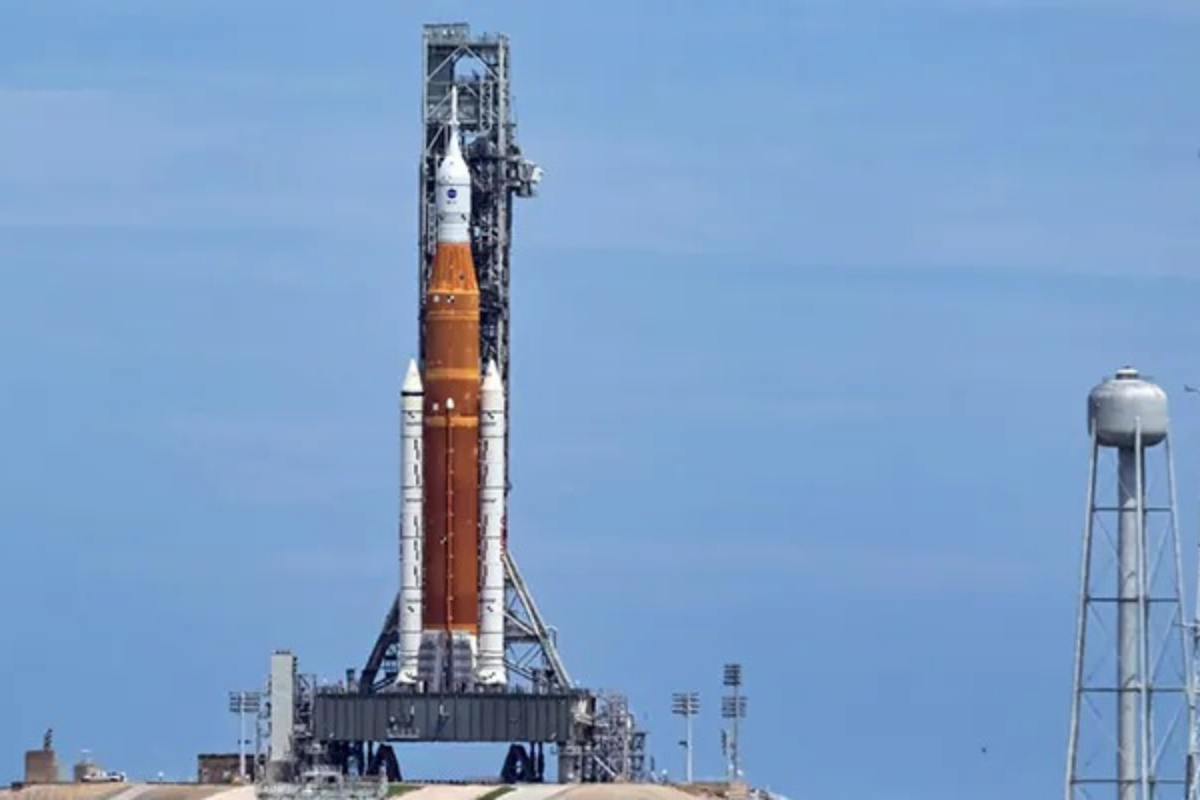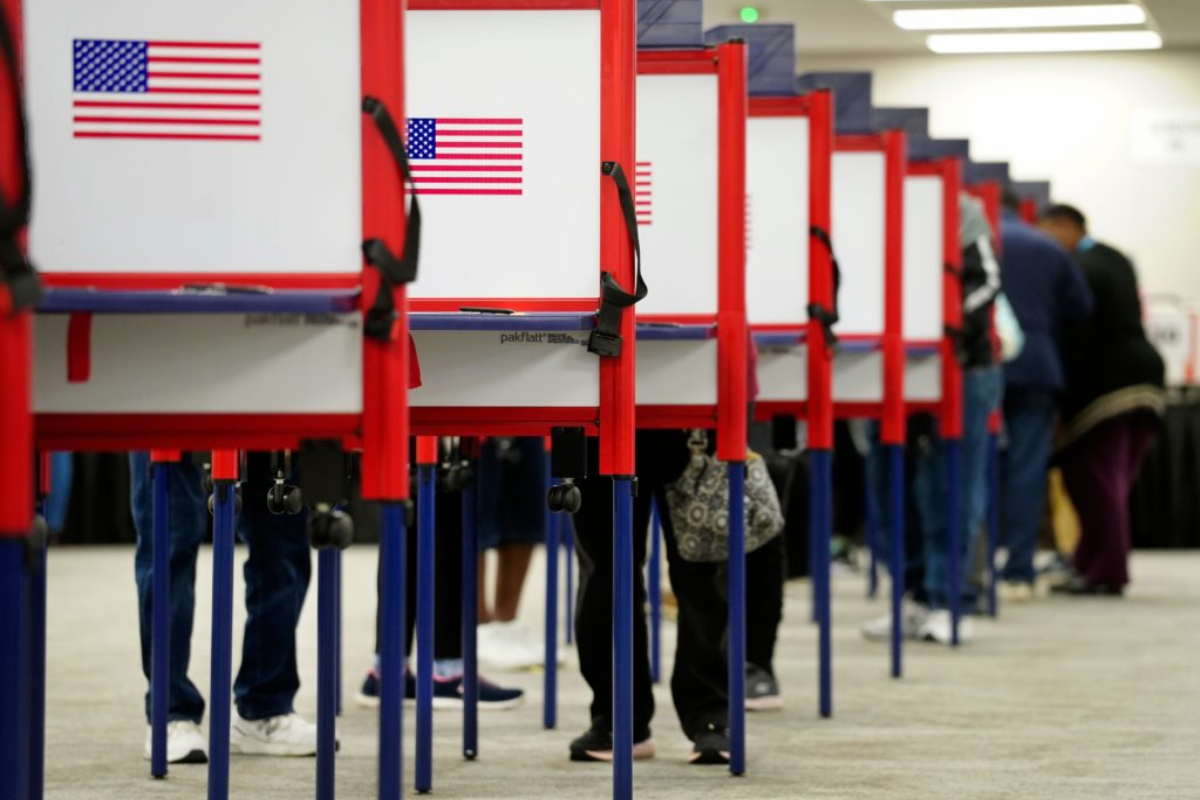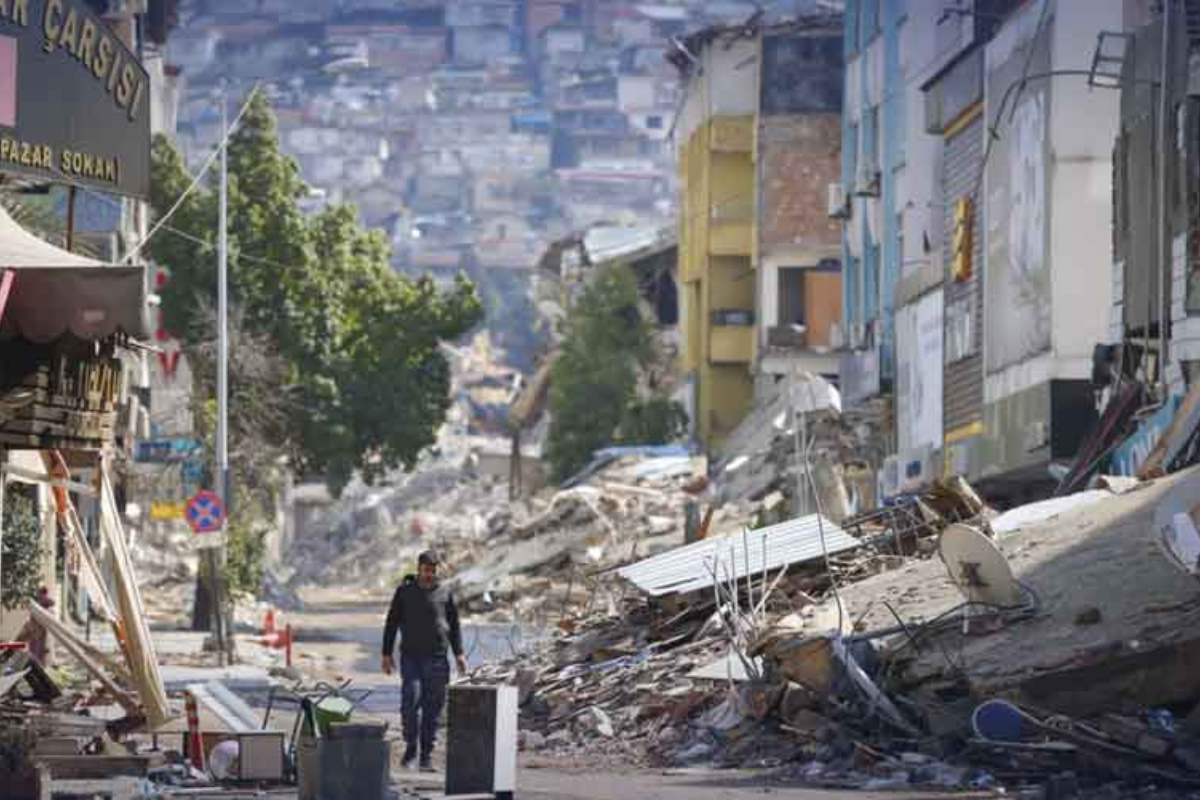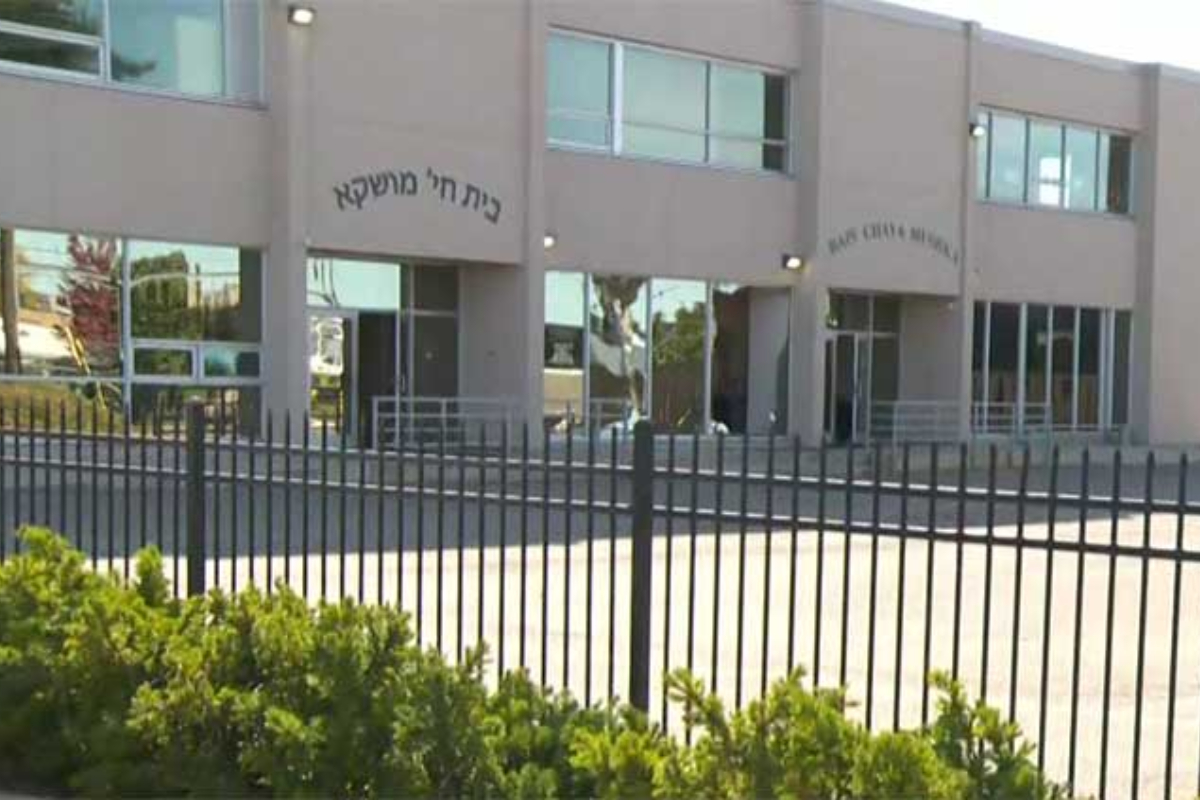- NASA has aborted an attempt to launch its giant, next-generation rocketship for the second time in a week.
- The uncrewed test flight was to have marked the first voyage of both the SLS and Orion.
- NASA said the mission could delay the debut mission of its moon-to-Mars Artemis programme.
NASA has aborted an attempt to launch its giant, next-generation rocketship for the second time in a week, citing a stubborn fuel leak that the space agency said could delay the debut mission of its moon-to-Mars Artemis programme by at least several weeks.
Preflight operations were suspended for the day about three hours before the scheduled liftoff time of 2:17 p.m. EDT (1817 GMT) for the 32-story-tall Space Launch System (SLS) rocket and its Orion capsule from Cape Canaveral, Florida.
The uncrewed test flight was to have marked the first voyage of both the SLS and Orion a half-century after the last lunar mission of Apollo, the forerunner of the Artemis programme.
The countdown was cancelled after three failed attempts by Kennedy Space Center technicians to repair a “large” leak of super-cooled liquid hydrogen propellant being pumped into the rocket’s core-stage fuel tanks, according to agency officials.
The first launch attempt on Monday was also thwarted by technical issues, including a different leaky fuel line, a faulty temperature sensor, and cracks discovered in insulation foam.
After the previous issues were resolved to their satisfaction, mission managers proceeded with a second launch attempt on Saturday. In the event that a third attempt was required, NASA had scheduled a backup launch for either Monday or Tuesday.
However, after reviewing data from the latest problems, NASA determined that the new hydrogen leak was too difficult and time-consuming to troubleshoot and repair on the launch pad before the mission’s current launch period expired on Tuesday.
Because of the delay, the earliest opportunity to try again would be during the next launch window, which runs September 19-30, or during a subsequent October window, according to Jim Free, an associate NASA administrator, during a late-afternoon briefing.
He added that the postponement would also entail rolling the spacecraft back into its assembly building, as “range” rules at Cape Canaveral limit how long a rocket can remain at its launch tower before undergoing a new round of safety checks indoors.
NASA Administrator Bill Nelson stated earlier in the day that a rollback would push the next launch attempt back until at least mid-October, in order to avoid a scheduling conflict with the next International Space Station crew, which is scheduled to launch early that month.
Launch-day delays and malfunctions are common in the space industry, especially for new rockets like NASA’s Space Launch System, a complex vehicle with a set of pre-liftoff procedures that have yet to be thoroughly tested and rehearsed by engineers.
On any given day, the chances of a launch being cancelled for any reason, including bad weather, are about one in three.
“We’re not going to launch until everything is perfect, and that is standard operating procedure that we will continue to follow.”
The launchpad setbacks came at the end of a development programme that had been in the works for more than a decade, with years of delays and billions of dollars in cost overruns under NASA’s respective SLS and Orion contracts with Boeing Co (BA.N) and Lockheed Martin Corp. (LMT.N).
[embedpost slug=”huawei-unveils-smartphones-laptops-tablets-and-smartwatches/”]





















